
In March 2021, when she learned her beloved daughter had a life-threatening brain tumour, a mum made it her mission to raise the profile of childhood cancer.
When she was told of the diagnosis of a substantial tumour on her young daughter’s brain, WA mum Meagan “blanked out”. She remembers little of the conversation with the doctor, such was the shock of her daughter’s new reality.
But as that feeling began to wear off, Meagan started wondering if she should blame herself for five-year-old Harper’s illness. Meagan recalls asking herself:
Is it because she fell off a swing when she was little? Is it because she hit her head? Why didn’t I find out sooner? Wasn’t I paying enough attention to my child?
There was a lot of mum guilt going on. I’m a stay-at-home mum, so I started wondering why I hadn’t been more focused on her.
- Meagan
But in fact, Meagan had been absolutely aware that something was wrong, and for a long time had done everything in her power to find a solution.
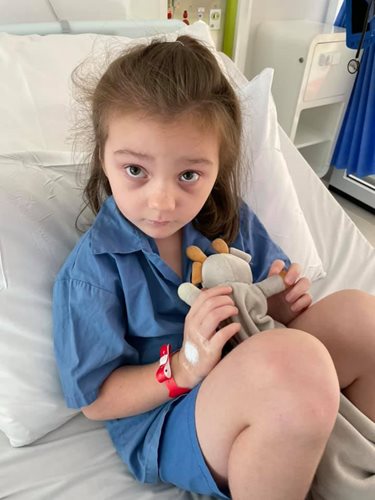
For several months Harper had been experiencing unexplained episodes of vomiting and clumsiness. Following one such episode at school, the situation became even worse. When Meagan arrived to pick her up, Harper was dizzy and found it difficult to walk.
On the way home in the car, her eyes started rolling back in her head and her body sort of drooped.
Paramedics suspected the child was having a stroke. By the time Harper arrived at the hospital, she was unresponsive.
The news no parent wants to hear
Harper underwent a CT scan, revealing a substantial mass on her brain. It wasn’t until after an 11-hour surgery at Perth Children’s Hospital that she was diagnosed with ependymoma, a fast-moving and aggressive tumour.
Fortunately, the growth, approximately 10 centimetres in diameter, was localised to one area of her brain. Meagan explains:
We found out the tumour was in the occipital lobe, where visual processing occurs. This explained why Harper was bumping into things and falling over during her clumsy moments.
Surgeons removed the entire tumour. This left Harper with a 70 percent chance of the cancer never returning.
It’s not over until it’s over
Next up for Harper was 33 sessions of boost radiation, carried out over six-and-a-half weeks.
As ependymoma does not respond to chemotherapy, doctors used this therapy to target the tissue around where the tumour previously grew.
During treatment, and despite losing her hair, Harper never once lost her positive outlook, Meagan says.
But it’s a different story now as the family deal with the aftermath of both the tumour’s growth and effects of treatment. The most devastating of which is permanent vision loss.
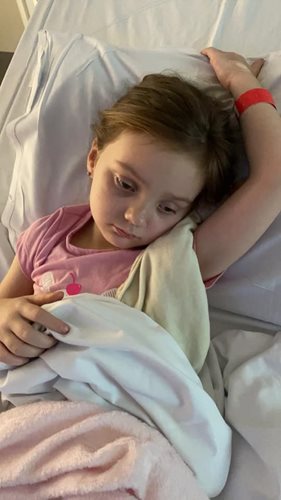
There was a chance that Harper’s eye-sight would improve once the fluid on her macular cleared up. But we’ve since been told that she is pretty much blind in the left eye and can only see minimal amounts – like shadows and outlines - in her right eye.
She can still see enough to walk but needs assistance and has no depth perception. It’s gut wrenching knowing she will never be able to see properly again.
- Meagan
Now six, Harper has returned to school. While exhausted at the end of each school day, she is loving being with her friends again, and teachers have adjusted lessons to accommodate her vision loss.
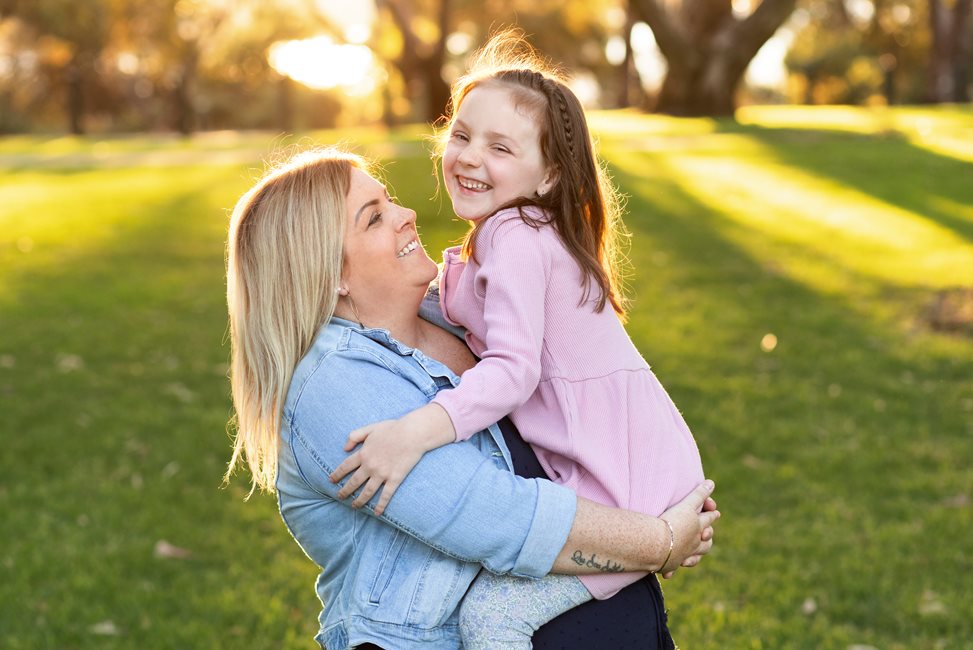
Super mum for science
Meagan discovered she was pregnant with her third child on the day doctors diagnosed Harper.
So it’s been over-the-top emotions since then, I spent 15 days in hospital with Harper from first diagnosis. And the first two-and-a-half months of my pregnancy, we didn't even acknowledge we were having a baby. Our world stopped for Harper.
When Harper was diagnosed it was difficult for Meagan to find information about ependymoma, a situation she found frustrating.
When we first found out it was a brain tumour, I turned to Google, even though you’re told not to. I discovered there’s been relatively little research done on brain tumours in kids over the last 30 years, compared to other cancers. But it’s the number one tumour that kills children.

That lack of research made me feel really angry.
- Meagan
Then we met Dr Nick Gottardo, who is a leader in children’s brain cancer research, and realised how fortunate we were to have him. He sent part of her tumour all around the world for testing, to make sure the treatment was as tailored as it could be.
Since the diagnosis, Meagan has charted Harper’s progress on Facebook. The page, called ‘Harper’s Journey’, is a moving, informative and often humorous commentary on the harrowing trials and immense triumphs of a brave little girl. It’s part of Meagan’s larger quest to turn the spotlight on childhood cancer.
By organising sausage sizzles, raffles and auctions, she has raised over $2,500 for kids’ cancer research. The more research she can fund, Meagan says, the better the results will be for children with brain cancers.
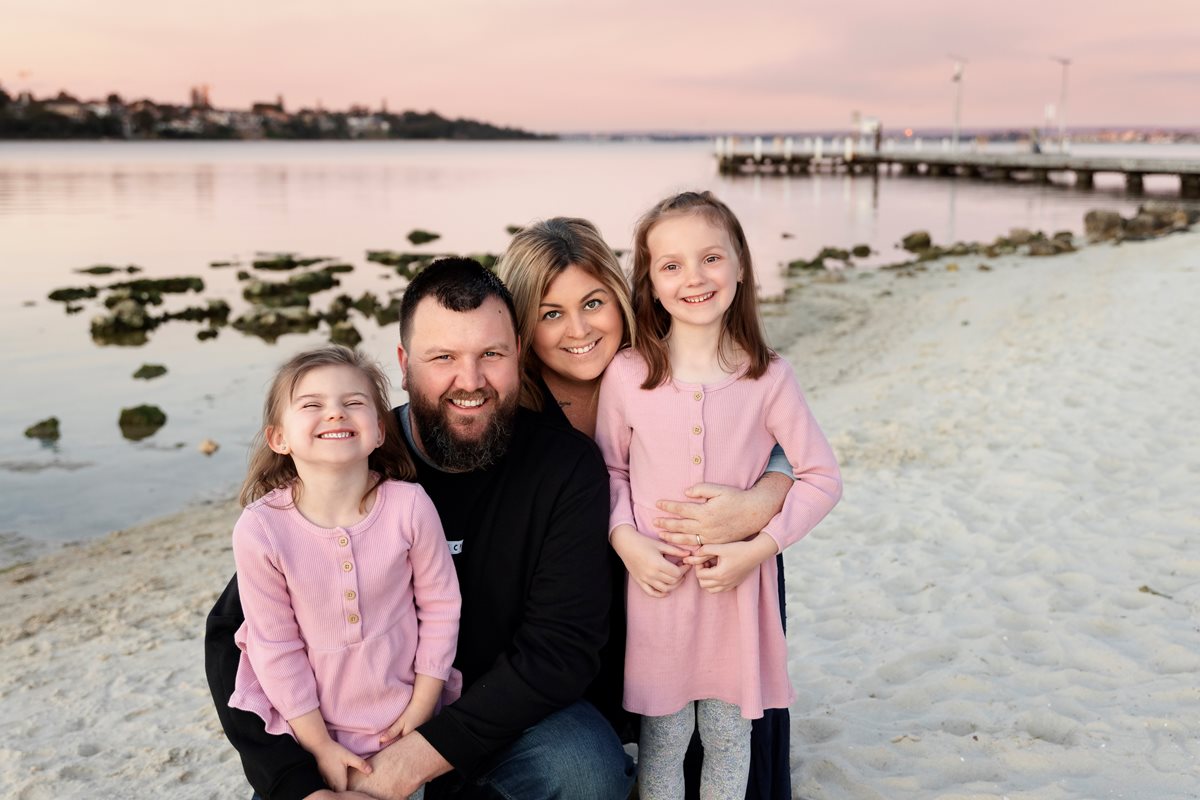

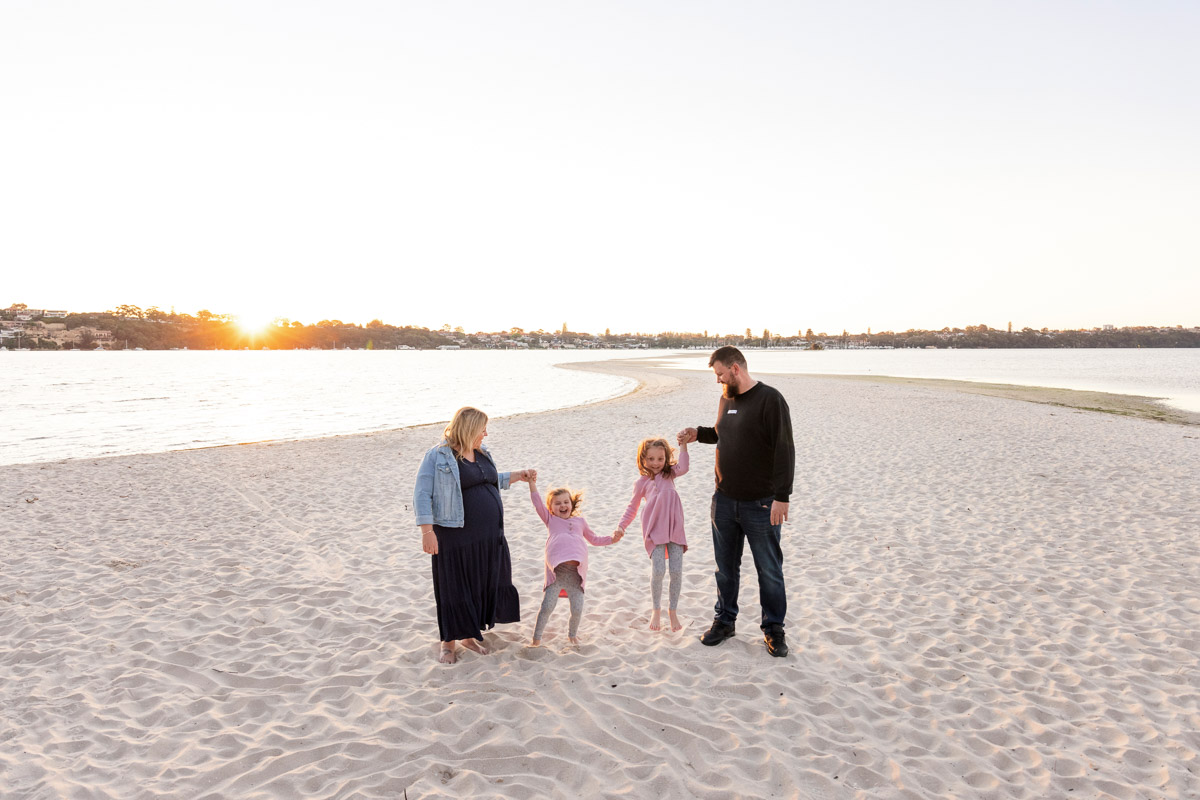

Everything seems to be about adult cancers these days. Sometimes it feels as if kids’ brain cancers have been pushed under the rug. I’m trying to help bring them into the open.
